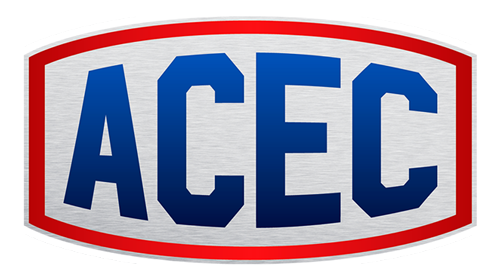Air that has been compressed and stored in a pressure vessel is measured in PSIG.
If a gauge on a tank reads higher than zero PSIG, the air inside has the ability to do work since it is at a higher than the atmosphere outside the tank, and since nature likes everything to be balanced, high pressure will try to “fill up” the low pressure until both pressures are equal.
This ability to do work is measured in “Cubic Feet per Minute” (CFM).
For example, 8 cubic feet of air at 14.7 PSI that is compressed to occupy a 1 cubic foot tank will have a pressure 100 PSIG. If a compressor could maintain that amount of air compression at that pressure, it will be able to power a tool that requires 1 CFM at 100 PSIG to operate.
That would be a very small compressor, and in the real world, one compressor may have to provide air for several tools at one time. The question is how much compressor do you need to supply your current demand and to provide room for future growth? First, you must know how many CFM your facility must have to operate. This includes die grinders, paint guns, impact wrenches, air hoists or anything else that requires air to perform an operation (this information is sometimes available on the tools themselves). Leaks are a commonly overlooked area of air consumption and ACEC provides ultrasonic leak detection that will determine how many CFM are being lost in a facility.
A general guideline is 1 horsepower will provide 3.5 CFM from a reciprocating compressor and 5 CFM from a rotary compressor.
With this guideline, we’ll say a manufacturing facility requires 900 CFM at 100 PSIG to perform operations and wants to consolidate three compressors into just one. After a leak detection is completed the results show that the company has a 50 CFM loss throughout the entire facility (not uncommon). Their total demand is now 950 CFM. A 200 HP rotary compressor will provide 1000 CFM at 100 PSIG, but that would mean the compressor would be running at 95% load just to maintain the demand for the facility. A 250 HP rotary compressor would be a better choice because it can provide 1250 CFM which would allow the load to be reduced to 76% resulting in reduced electrical costs as well as provide room for future growth and expansion.
Many major industries rely on compressed air, such as agriculture, aircraft manufacturing, automation, automotive, construction, factories, food processing, power and sewage plants. Compressed air systems are vast and complex and are every bit as vital as electricity, water, and natural gas.

